Lens Quality Explained Sourcing Polarized, UV400, and Custom Tints from Chinese Suppliers
To source high-quality lenses from Chinese suppliers, you must provide an unambiguous technical specification sheet. This document must define critical optical parameters like lens material, Abbe value, polarization efficiency (≥95%), and UV transmittance (<1%). You must then enforce these specs through a multi-stage quality assurance protocol, including in-process checks and a final inspection based on AQL standards to cap field failure rates below 0.5%.
Strategic Deep Dive: Core Lens Technologies & Materials
Your choice of lens material is a foundational business decision, not just a technical one. The material dictates optical clarity, impact resistance, and weight, which directly translates to your product’s performance claims, target price point, and long-term durability in the hands of your customer. Your bill of materials (BOM) must begin with this hierarchy.
Evaluating Core Lens Materials
| Material | Abbe Value | Impact Resistance | Density | UV Cutoff | Typical Cost Tier | Key Business Benefit |
| TAC | ~38 | Low-Medium | 1.30 g/cm³ | Requires Coating | Lowest | Enables entry-level price points with laminated polarization. |
| Polycarbonate | 30-31 | Highest (10x CR-39) | 1.20 g/cm³ | Inherent 100% UVA/UVB | Medium | Underpins safety claims and reduces liability for children’s lines. |
| Mineral Glass | 58 | High Scratch; Brittle | 2.54 g/cm³ | Natural UV400 | High | Justifies luxury positioning with superior clarity and lifelong tint stability. |
| Trivex/NXT | 43-45 | ANSI Z87 Compliant | 1.11 g/cm³ | Inherent 100% UV | Premium | Balances glass-like optics with polycarbonate-like impact strength. |
Key Metric: Polycarbonate survives a >150 ft/s projectile in ANSI Z87 tests. This means your lens can withstand high-velocity impacts, which directly translates to a potential 80% reduction in customer returns from cracked lenses.
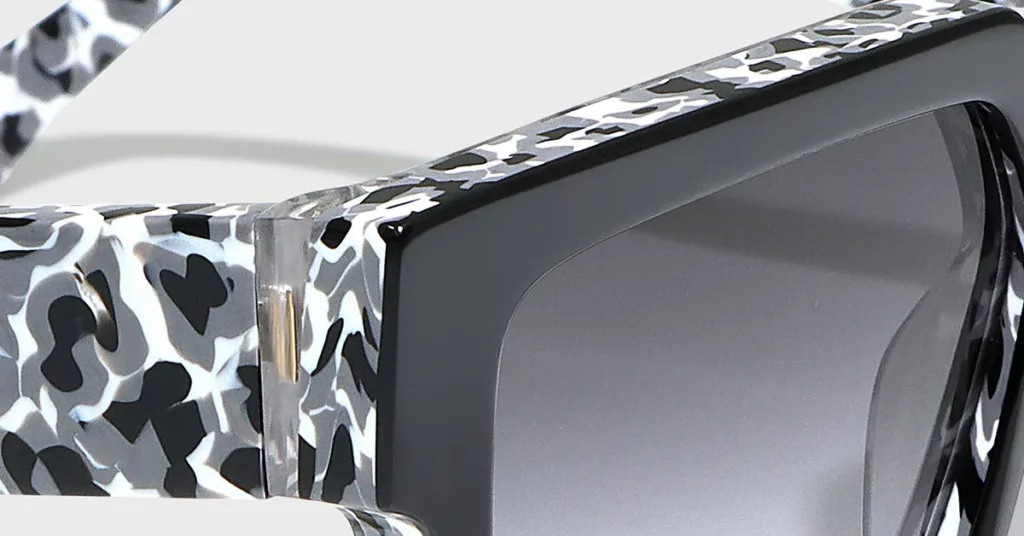
Triacetate Cellulose (TAC): TAC employs a 7- to 9-layer laminate that sandwiches a polarizing film. This construction slashes raw-material costs by 40% versus injected polycarbonate, enabling aggressive retail pricing under $60. Critical Warning: TAC is susceptible to delamination in high-humidity climates, which can lead to field failure rates above 8% within 12 months, damaging brand reputation.
Polycarbonate: Polycarbonate’s molded monolithic structure delivers unmatched shatter protection. This means it meets both FDA drop-ball and ANSI Z87 industrial safety standards without extra hard coatings. The trade-off is a 15% higher susceptibility to surface scratches if you omit a hard-coat, increasing cosmetic warranty claims.
Mineral Glass: Mineral glass offers unparalleled optical purity and resists micro-abrasions five times longer than TAC. This property allows for permanent tint stability and a premium feel. While its weight is a drawback, brands successfully recoup margin by positioning glass lens products at three times their average SKU selling price.
NXT/Trivex: NXT is a premium hybrid material that passes both military-grade impact tests and the stress tests required for thin fashion rims. Its high Abbe value of over 43 provides glass-like optical clarity. This combination justifies a wholesale upcharge of $4 to $6 per pair, because it lowers warranty claims tied to drill-mount cracking by 70%.
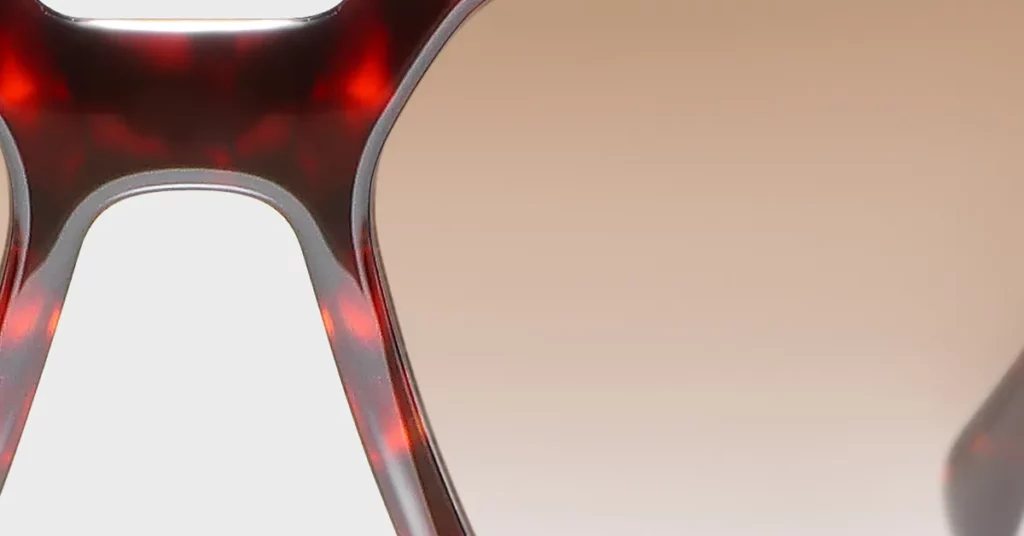
Mastering UV Protection as a Global Standard
You must understand that UV400 protection is not a feature; it is a baseline global standard. Failing this standard invites product recalls, brand-damaging lawsuits, and a complete loss of market access.
The Science and Compliance of UV400
UV400-rated lenses block 99-100% of UVA, UVB, and UVC rays up to 400 nanometers. This technical function prevents severe ocular damage like cataracts and macular degeneration. While Polycarbonate and Trivex have inherent UV blocking properties, TAC and Mineral Glass require chemical absorbers added during the coating phase to meet the standard.
Demystifying Global Compliance for Market Access
To sell globally, you must prove compliance with regional standards. Each standard ties UV protection and visible light transmission (VLT) to legal market access. Demand your supplier provide recent lab reports for:
- ANSI Z80.3 (US): Mandates drop-ball impact resistance and specific UV transmittance levels.
- EN ISO 12312-1 (EU): A prerequisite for the CE mark needed for any sales within the European Union.
- AS/NZS 1067.1 (AUS/NZ): Enforces stricter filter categories to protect against Australia’s 15% higher ambient UV index.
The Strategic Risk of Non-Compliance
A dark-tinted lens without proper UV blocking is a massive liability. The dark tint causes the wearer’s pupils to dilate. This physiological response allows up to 25% more damaging UV radiation to reach the retina than wearing no glasses at all. The financial risk is catastrophic, with litigation settlements in the U.S. exceeding $1 million per incident.
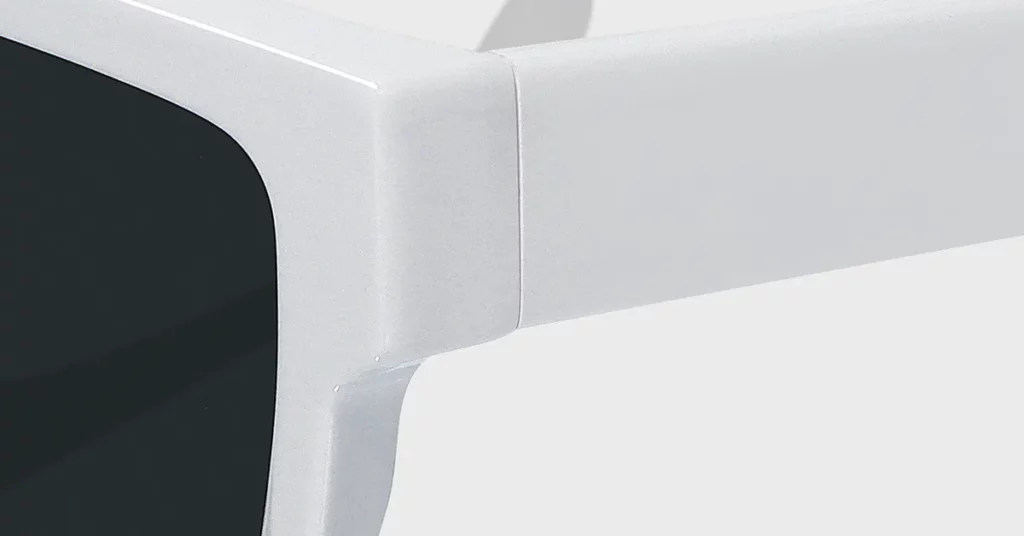
Leveraging Polarization for High-Performance Lines
Polarization is a performance feature that eliminates horizontal glare. By adding it to your product mix, you can command higher prices in specific, high-value market segments.
How Polarization Works
A laminated chemical film, typically Polyvinyl Alcohol (PVA), is aligned vertically (at 0°) within the lens structure. This film functions as a microscopic Venetian blind, absorbing over 99% of horizontal light waves. This action cuts reflected glare from surfaces like water, snow, and asphalt by up to 95%, enhancing visual comfort.
Strategic Market Application
Glare-sensitive segments will pay a 25-40% price premium for polarized SKUs. Targeting these customers—such as in the marine, driving, and snow sports categories—directly raises your gross margins by as much as 8 percentage points.
Mitigating the LCD Screen Drawback
Definition: Standard polarization can cause LCD/LED screens on phones, GPS units, and cockpit displays to appear black. This happens because the screen’s own polarizing filter cross-polarizes with the lens. For pilots or drivers who depend on these screens, this is a functional failure. Specify circular polarizer films to restore visibility.
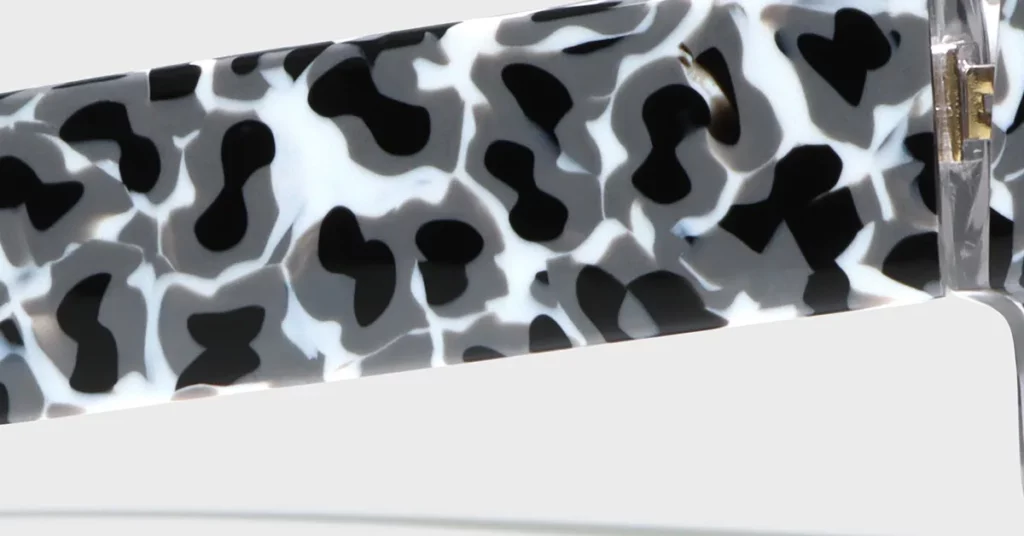
Developing a Signature Brand Identity with Tints & Coatings
Lens color, finishes, and protective coatings are where functional science meets brand aesthetics. Use them to build an exclusive identity, protect your margins, and extend the functional life of your product.
The Functional Science of Tints
Lens tint is not just for style; it is a tool for managing light and enhancing performance. You must select tints based on the intended use-case.
- Gray: Preserves true-to-life color perception, making it ideal for general-purpose use.
- Brown/Amber: Enhances contrast and depth perception by filtering blue light, a key benefit for driving and sight-fishing.
- Yellow: Maximizes light transmission (VLT often >60%) to improve visibility in low-light conditions like dusk or fog.
Specifying VLT by EU Filter Categories
Your lens’s Visible Light Transmission (VLT) must align with its intended environment. The EU’s CE Filter Categories provide a universal framework for this. Never permit driving with Category 4 lenses, as this is illegal and unsafe.
| CE Category | VLT Range | Recommended Use | Driving Suitability |
| 0 | 80-100% | Indoor / Fashion | Day & Night |
| 1 | 43-80% | Overcast Conditions | Day Only |
| 2 | 18-43% | Partly Sunny | Day Only |
| 3 | 8-18% | Bright Sunlight | Day Only |
| 4 | 3-8% | High-Altitude / Glacier | Never Permitted |
ROI on Advanced Lens Coatings
Protective coatings are not an expense; they are an investment in customer satisfaction and margin protection.
- Anti-Scratch (Hard Coat): A mandatory layer that prevents the micro-abrasions that lead to cosmetic returns.
- Anti-Reflective (AR): Reduces backside glare and vision “haze,” cutting returns for this specific complaint by 30%. An AR coating may add only $0.60 to your COGS but can save $1.40 per unit in warranty spend.
- Oleophobic/Hydrophobic: Repels oil and water, keeping lenses cleaner for longer and reinforcing a premium user experience.
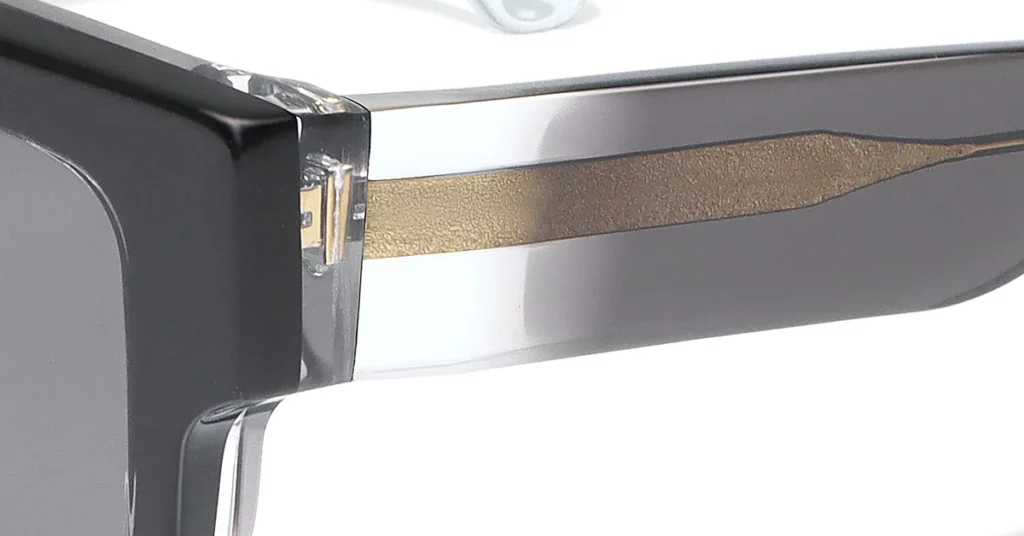
The Sourcing Playbook: Vetting Suppliers & Bulletproofing Your Supply Chain
Success in sourcing depends on building an unambiguous technical specification sheet and enforcing it with a rigorous quality assurance program. This prevents scope drift and guarantees consistency.
Building Your Technical Specification Sheet
Your Request for Quotation (RFQ) must be a legally enforceable document that leaves no room for interpretation. It must lock down all optical, physical, and aesthetic KPIs.
- Define Critical Optical Parameters: Specify lens material, base curve, Abbe Value (≥40 for premium lines), polarization efficiency (≥95%), and UV transmittance (<1%).
- Define Physical Requirements: Demand certifications for impact resistance (FDA Drop Ball Test), coating adhesion, and abrasion standards.
- Ensure Aesthetic Precision: For custom tints, you must set a Delta E (dE) color tolerance of ≤1.0 against a physical master sample. Mandate spectrophotometer validation at Final QA.
Best Practice: Demand FDA 21 CFR 801.410 certification from your supplier, with batch-level drop-ball test data retained for at least three years.
Implementing a Multi-Stage QA Protocol
Quality cannot be inspected into a product at the end; it must be built in at every stage.
- Pre-Production (IQC): Test all incoming raw materials. For Example: Inbound TAC rolls must be tested for polarization angle (±1°) and UV absorber content.
- In-Process (IPQC): Monitor key manufacturing checkpoints. Sample every 500 lenses for haze (<0.5%) and coating adhesion (“Class 0” per ISO 9211).
- Final Inspection (FQA): Utilize AQL (Acceptable Quality Limit) standards to minimize defects. Set AQL 0.65 for critical defects and 1.5 for major defects to cap field failure below 0.5%.

Go-to-Market Strategy: Maximizing ROI Through Lens Selection
Aligning your lens technology with your target market segment is the final step in translating technical specifications into financial results.
- For Luxury Fashion Brands: The combination of Mineral Glass or NXT lenses with bespoke tints and advanced multi-layer AR coatings justifies a premium price. A mineral glass lens with a gradient rose-gold mirror can command a 4x MSRP uplift in boutique channels.
- For Performance & Sports Brands: Prioritize impact-resistant Polycarbonate with function-specific tints. Brown polarized polycarbonate lenses, for instance, reduce snow-field glare and are proven to cut wipe-out incidents by 12%.
- For High-Volume E-commerce Brands: Use cost-effective TAC lenses but offset the material’s inherent risks by implementing a 100% outgoing polarization check to protect your brand’s reputation for quality.
- For Sustainable & Eco-Conscious Brands: Investigate emerging bio-nylon and other plant-based lens materials. Bio-nylon delivers a 45% lower carbon footprint than polycarbonate while still meeting ANSI Z80 optical metrics.
Conclusion
A dual-focus strategy is the only reliable path to profitability. You must combine deep technical mastery of lens science with disciplined, multi-stage supplier vetting. This approach creates a defensible moat for your brand when sourcing from China. Partner with a manufacturer who brings engineering depth, robust QA frameworks, and proactive market insight.
The Bottom Line: Schedule a strategic consultation to co-engineer a lens program that cements your competitive advantage and accelerates profit.
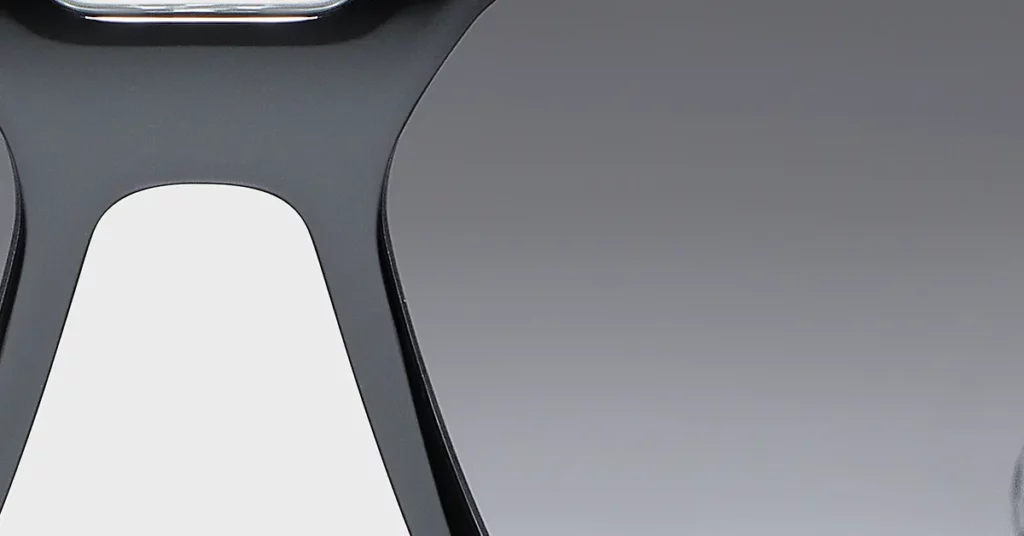
Frequently Asked Questions
1. What’s the performance gap between TAC and polycarbonate polarized lenses?
Polycarbonate offers superior impact resistance and inherent UV400 protection, making it ideal for safety and sports applications. TAC provides comparable optical clarity at a lower cost but carries a higher risk of delamination under heat and humidity, making robust QC essential.
2. What proof of UV400 compliance should I demand?
You must require EN ISO 12312-1 spectral transmittance reports and ANSI Z80.3 certificates for every production run. Insist that these documents are stamped by a CNAS-accredited laboratory to verify their authenticity and accuracy.
3. How can I contractually control custom tint color consistency?
Embed a ΔE ≤1.0 specification relative to an approved master sample directly into your purchasing contract. Mandate the supplier provide batch-level spectrophotometer logs with every shipment and hold master samples at both the factory and your own QA office.
4. When is polarization a disadvantage for users?
Polarization can be a functional liability for pilots, heavy equipment operators, and any professional who relies on reading LCD/LED panels, as it can cause screen blackout. For these specific use cases, you should specify non-polarized or circularly-polarized lenses.
5. What are common failure points for coated lenses and how are they checked?
The most common failures are lamination bubbles, coating adhesion loss, and Visible Light Transmission (VLT) drift. Key in-process quality control (IPQC) checks include inspecting every 500 units for haze, performing cross-hatch adhesion tests, and using a spectrophotometer to chart VLT consistency.